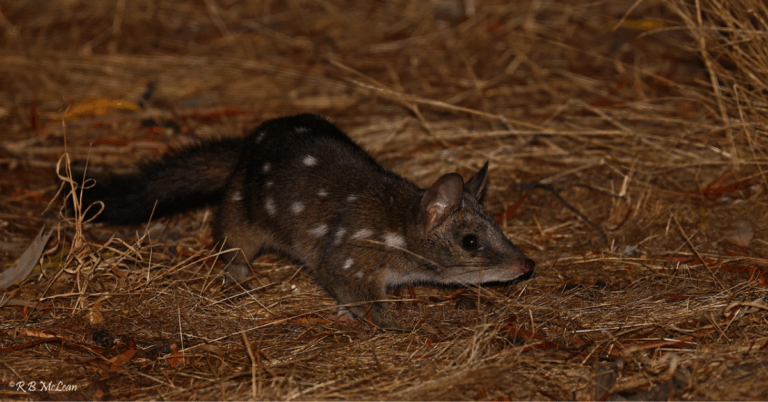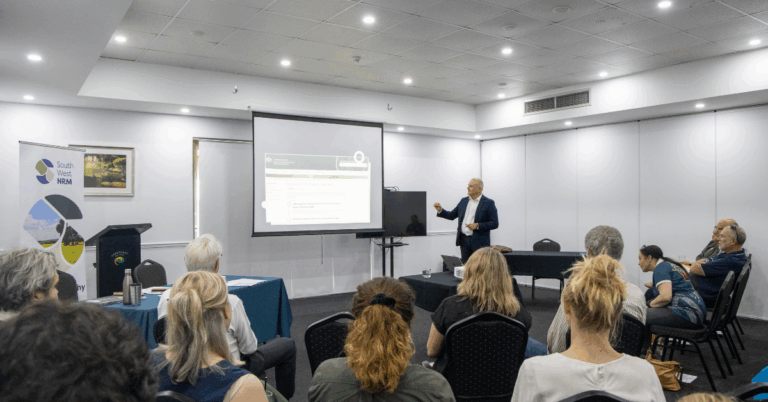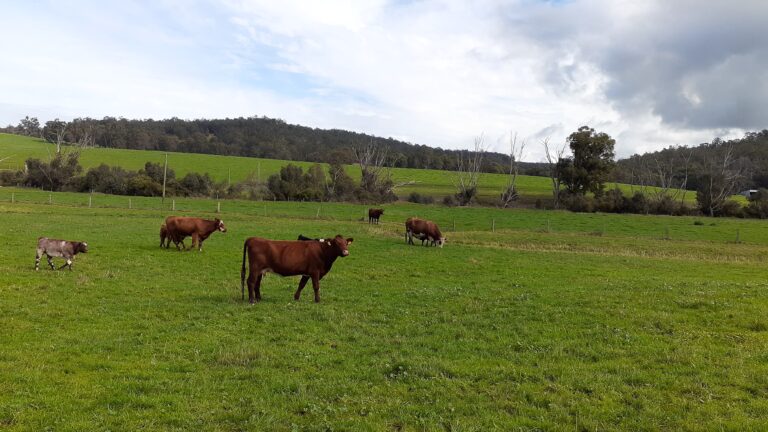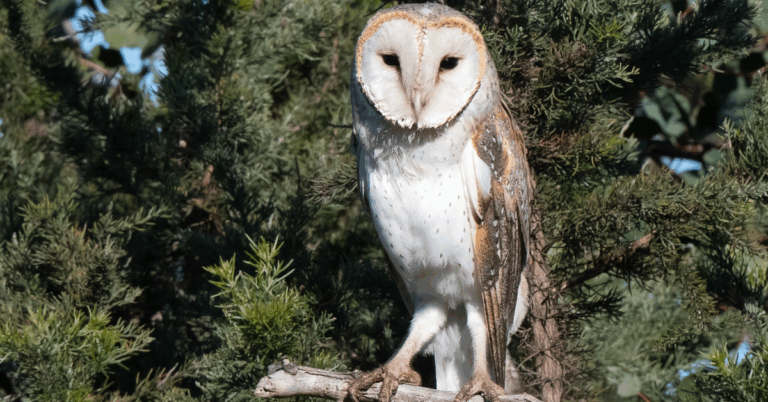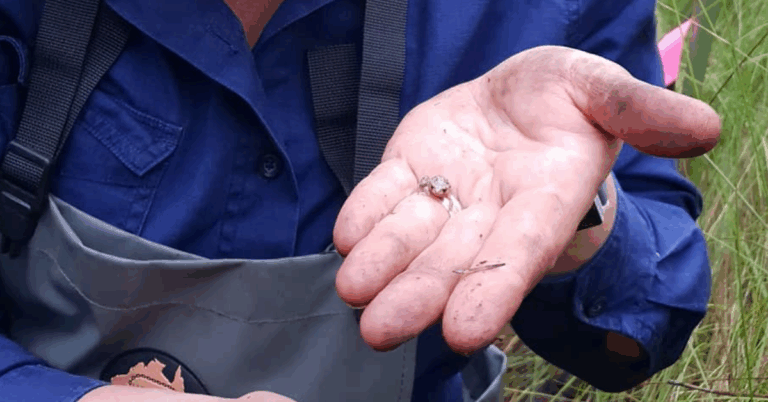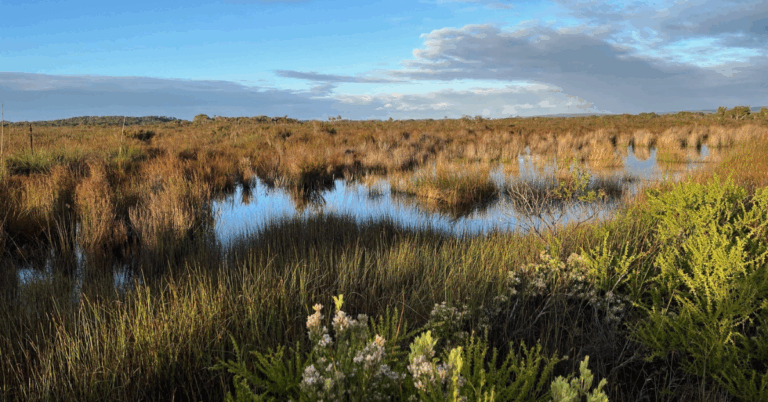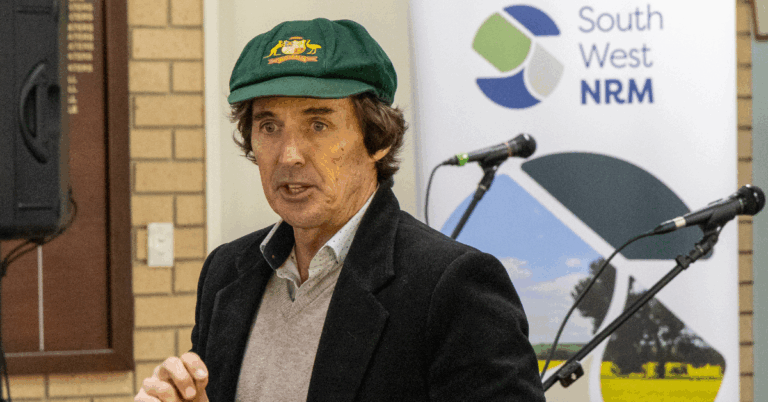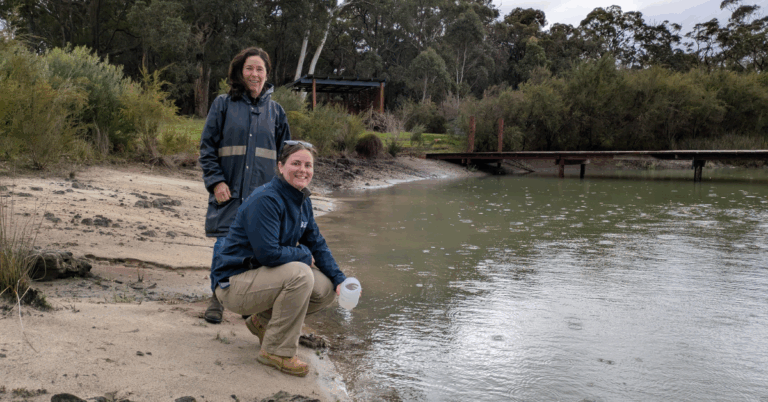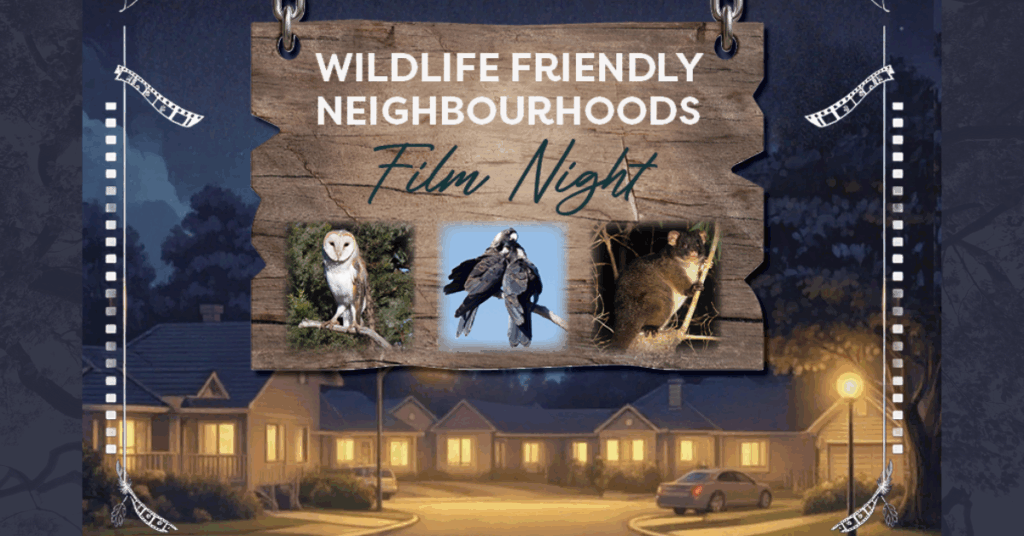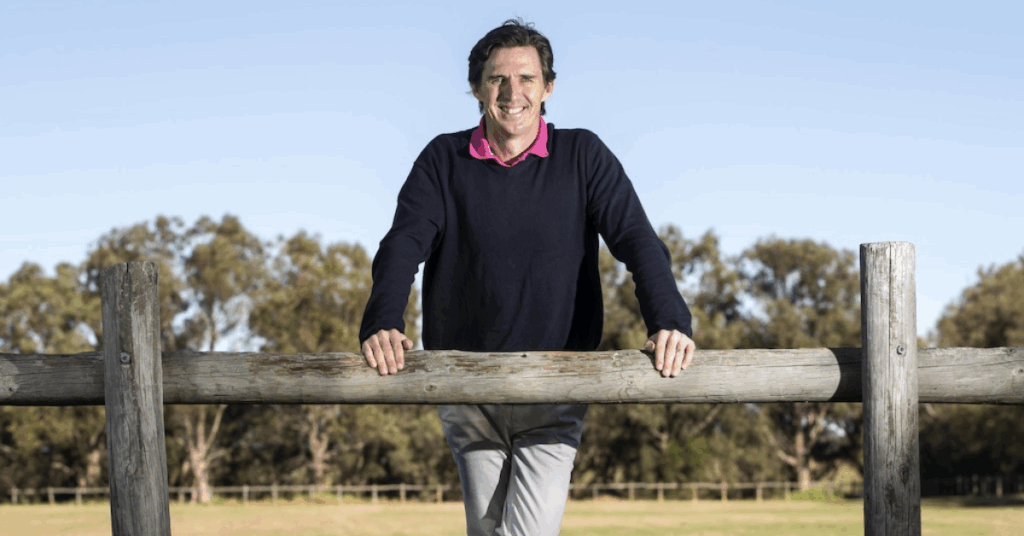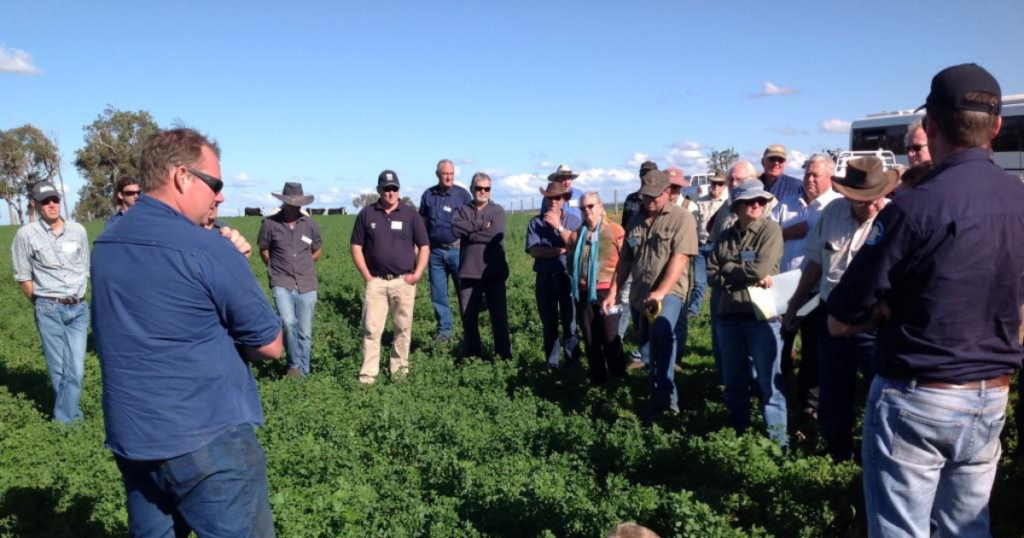Sustainability & Environment Lead Linda Metz speaks with ABC Radio’s Amelia Searson for the WA Rural Report about our new project designed to test the effectiveness of ‘Living Firebreaks’ as a tool for reducing the impact of bushfire.
Amelia Searson
WA’s South West region has been chosen as a trial site for a national project. Looking to reduce the impact of bushfires. The national Nature-led Resilience Program will be focusing on what preventative measures can be taken to protect farms and communities, rather than relying too heavily on post-disaster recovery efforts.
It’s also being run in the northern agricultural region. Looking at how to tackle flooding, as well as bushfires. South West NRM Sustainability and Environment Lead Linda Metz says the trials will look at a range of nature-based solutions to help mitigate climate change impacts and disasters.
Linda Metz
It can be sometimes things like planting in strategic locations around river banks and things like that to slow flooding when flood waters happen. And in our case, we’re going to be trialing the installation of low flammability vegetation to help reduce the spread of fire.
Amelia Searson
Where are you going to be doing that?
Linda Metz
Already attracted some interest from landholders in the Manjimup, Balingup and east of Narrogin areas. But we’re hoping for more, we are hoping to have six in total. So we’ve got three at the moment and what we’re going to be doing is working with landholders to co-design these trials, where we’re going to be looking at what kind of vegetation could be used in their particular area.
So there’s lots of components to the project. One is looking at the flammability of plants and their traits and how we can make really well-informed species selection so that we’re not adding to fire risk, we understand that is obviously not acceptable. So we’re really looking at utilising species that have specific traits that we can use that reduce the rate and spread of fire, particularly by maybe reducing wind speeds and things like that, or they don’t easily catch fire. And then also their strategic location in the landscape. So where are they positioned to protect particular assets for example.
Amelia Searson
If farmers or landholders want to get involved, what will that look like for them day to day on the ground, are they going to be involved in planting or monitoring? Or what’s the go there?
Linda Metz
We will cover sort of all the establishment costs and also some monitoring costs going into the future. Landholders will need to probably maintain the firebreaks because obviously this is going to be part of a longer term trial but yeah we’re going to be supporting farmers.
We’re also looking at cost benefit analysis around what happens in the event of a fire. Are there avoided costs in terms of where you might position these firebreaks. And if you can reduce the impacts on your asset, it may enable you to continue your activity even after a bushfire. And that’s really ultimately what this is about, is keeping communities operating and resilient through times of fire and we know that fire is part of our landscape. We understand that through particularly with climate change, we’ve got a drying climate at the moment and so that threat isn’t going away. So now what we’re trying to do is look at novel approaches to try and reduce those risks.
Amelia Season
Looking at farmers throughout the South West region, what would the benefits to them be? Would it be after a bushfire because of the measures you’ve put into place through these trials that they would be able to get back onto the farm and start producing sooner rather than later?
Linda Metz
Absolutely, that’s definitely one of the hopes is that one of avoided costs. So by having this in place, the overall risk to your operation is reduced and so that’s where that strategic placement comes into place.
There’s also the co-benefits so even before a fire might happen, these firebreaks may actually do things like increase carbon sequestration which, of course contributes to reducing greenhouse gases and you have improved soil outcomes. There’s also co-benefits around pollination as well. So having certain types of vegetation in the landscape may attract more pollinators.
It may increase biodiversity values. And so at the crux I guess of a nature-based solution is this concept that not only will it have a mitigating impact of a disaster but it also has co-benefits and that in this case is around particularly biodiversity. And that’s what we’re really hoping to explore. Can we have a sweet spot where economic values are protected, biodiversity values and there and the risk of fire is somewhat reduced.
At the moment we spend a lot of money in recovery. A huge amount of the proportion of spend around disaster is post disaster. So coming back into the landscape after, it’s been affected and trying to do recovery actions.
This is really looking at how can we be more proactive looking at preventative measures and things that might actually reduce those overall impacts so that communities can get back on their feet more quickly and for a lesser cost ultimately.
Amelia Searson
I know that you’re also looking at trials in the Northern Agricultural region, what’s going to be happening up there Linda?
Linda Metz
Their work is more around flood impacts to some extent as well but they’re also considering fire impact. So, yeah, I guess again, application of nature-based solutions. So how can nature be used to give a positive outcome to landholders and to farmers and really at the end of the day we are really looking at avoided costs by doing preventative measures now, can we actually protect assets and productivity and livelihoods into the future?
Amelia Searson
Sustainability & Environment Lead Linda Metz speaking there. You’re listening to the WA Rural Report, it’s 29 past six.

